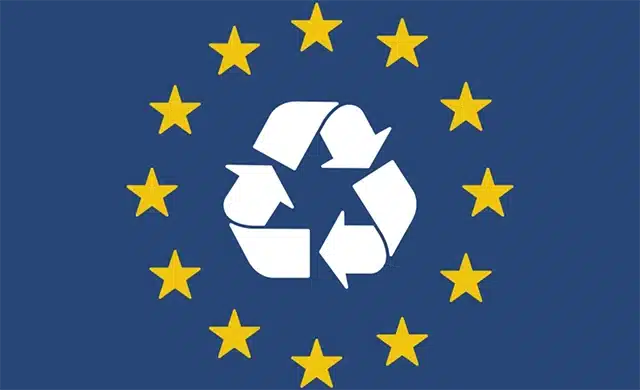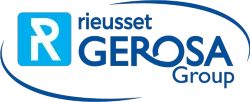
04 Aug The European PPWR Regulation
Index of contents:
- What is PPWR and what is its objective?
- Main changes for the packaging sector
- Our vision and how we are adapting at Rieusset
In recent months, the packaging sector has been closely monitoring one of the European Union’s most ambitious regulations: the Packaging and Packaging Waste Regulation(PPWR). This new regulation, approved in 2025, represents a before and after for the entire packaging value chain, from raw materials to waste management. At Rieusset, we believe that understanding the scope of PPWR is key to anticipating changes and, above all, identifying opportunities on the road to sustainability.
What is PPWR and what is its objective?
The PPWR was created with the mission of responding to the growing problem of packaging waste in Europe. It is a comprehensive regulation that replaces the old 1994 Directive and establishes a harmonized framework for the entire continent, with no exceptions between countries. Unlike the previous Directive, the PPWR is mandatory and its rules apply directly in all Member States, marking a leap in scale and ambition in packaging management.
This new regulation responds to the need to create a clearer, more efficient and fairer system for all the people and organizations involved. The common approach and precise requirements of the PPWR provide certainty, eliminate inequalities and facilitate collaboration between companies, institutions and consumers in moving towards a more sustainable and responsible packaging model.
Main changes for the packaging sector
The regulation pursues three major objectives that transform the way we understand and manage packaging. First, it seeks to reduce waste generation. This involves not only limiting the amount of packaging that reaches the market but also setting concrete and measurable reduction targets for the coming years. The aim is to avoid overpackaging, minimize empty space and restrict all packaging that is unnecessary due to its design or use. For those of us who are part of the sector, this challenge invites us to rethink every detail, always prioritizing the responsible use of resources and the elimination of superfluous waste.
The second major objective is to ensure the recyclability of packaging. The PPWR establishes that, by 2030, all packaging marketed in the European Union must be recyclable, so that it can be reincorporated into production processes and give life to new materials and products. To achieve this, stricter design criteria, simplification of structures and a commitment to single-material or easily separable materials are proposed. In addition, the regulation sets minimum percentages of recycled content in plastic packaging and promotes investment in technologies to improve the quality and quantity of recycled material available.
The third fundamental pillar is the promotion of packaging reuse. PPWR is not just about recycling: it also focuses on the need to give packaging more than one life, especially in sectors such as food and beverages. This presents us with the challenge of designing packaging that is strong, durable, easy to clean and suitable for multiple cycles of use, without sacrificing the safety and functionality that all users need. The implementation of packaging return and recirculation systems is an opportunity to innovate in business models and, at the same time, significantly reduce waste generation.
Our vision and how we are adapting at Rieusset
We are living this transformation process with a sense of responsibility and enthusiasm. Adapting to this new framework is, above all, an opportunity to make a real contribution to a more sustainable production and consumption model. We have reinforced our investments in innovation and are working every day to make our packaging simpler, single-material and recyclable. We are committed to eliminating unnecessary components, simplifying structures and always prioritizing clear information so that all consumers can separate and recycle correctly.
We are aware that progress in this direction requires investment, technological adaptation and constant improvement in the use of recycled materials. It also implies a joint effort to improve selective collection and promote environmental education, taking into account the diversity of the sector. However, we face these challenges with the conviction that they are an opportunity to innovate and strengthen our commitment to sustainability, both within Rieusset and with those who trust in our work.
The Packaging and Packaging Waste Regulation marks the beginning of a stage in which the circular economy is no longer optional and becomes part of the essence of our sector. We invite all professionals, companies and consumers to follow this process closely and to share concerns, ideas and proposals. We are convinced that, if we join forces, together we can build a future in which packaging is synonymous with sustainability and shared responsibility.
| We Manufacture: | Meet Rieusset: |


